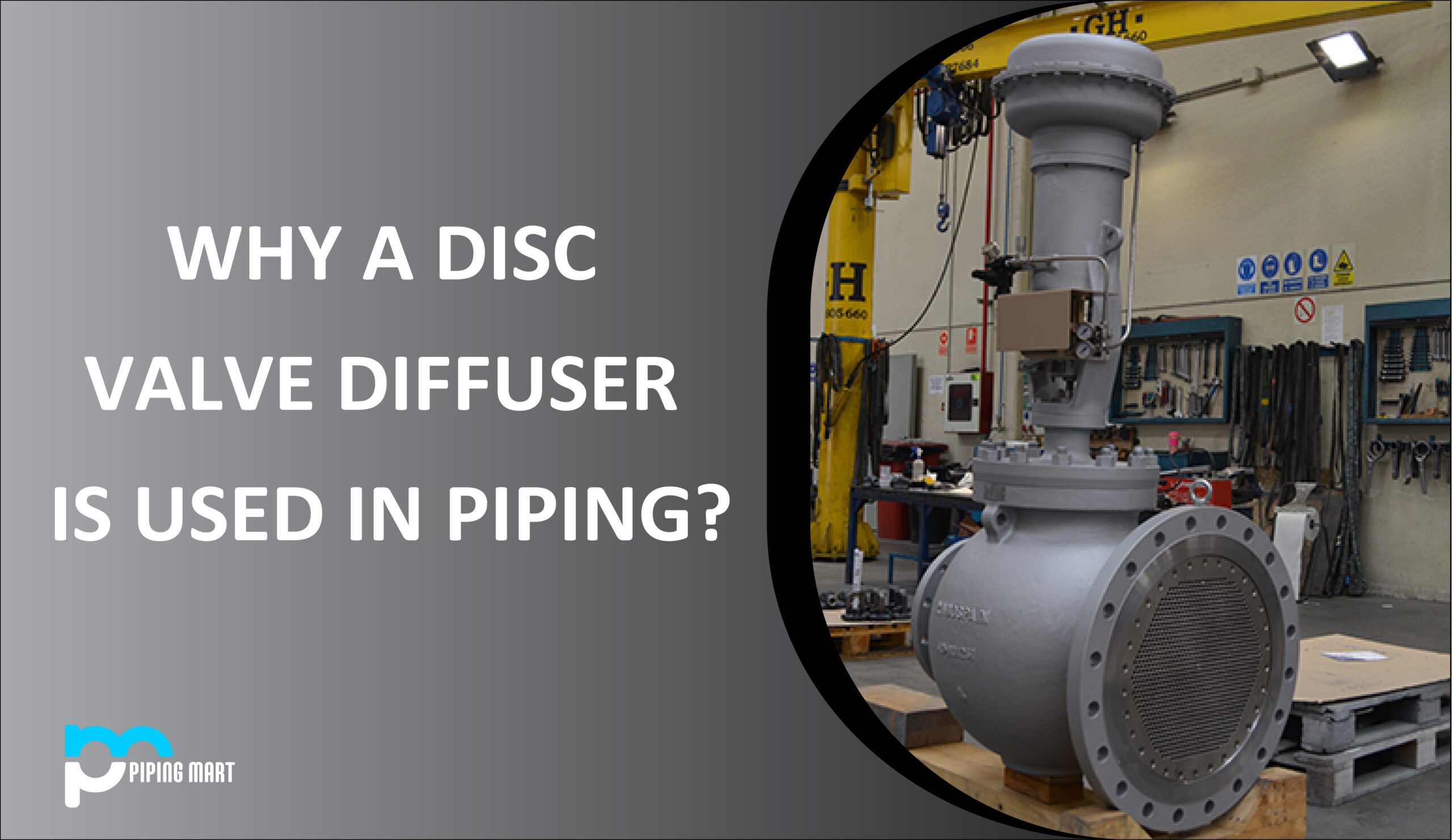Press braking is a popular manufacturing process used to create metal parts of various shapes and sizes. It involves using a press brake machine, which is a type of machinery that utilizes pressure to bend and shape metal sheets into the desired shape. This process has many advantages, but there are also certain disadvantages that should be considered before using this method. Let’s take a look at both sides of the coin when it comes to press braking.
Advantages of Press Braking
The main advantage of press braking is its accuracy. The machines used in this process are extremely precise, allowing manufacturers to produce parts with intricate details and exact measurements. Additionally, because the machine does all the work, there is no need for human labour, which can save manufacturers time and money in the long run. Finally, press brakes are relatively easy to operate and maintain, meaning they can be used for large-scale production without much hassle or extra cost.
Greater accuracy
Precision is key when working with metals, and press brakes offer much greater accuracy than other methods of bending metal. This is due to the fact that press brakes use a die and punch to form the metal, which ensures that the metal is bent at a precise angle.
Greater control
Press brakes also offer greater control over the bending process than other methods. This is due to the fact that the operator can control the speed and pressure of the press brake, which allows for greater control over the final product.
Increased productivity
Press brakes are also much more productive than other methods of bending metal. This is due to the fact that they can bend multiple pieces of metal at once, which increases productivity.
Reduced set-up time
Another advantage of press brakes is that they have reduced set-up time. This is due to the fact that there is no need to heat the metal prior to bending, which reduces set-up time.
Increased safety
Press brakes are also much safer than other methods of bending metal. This is due to the fact that there is no need to heat the metal prior to bending, which reduces the risk of injury.
Disadvantages of Press Braking
There are some drawbacks to using press brakes as well. One disadvantage is the cost; these machines require a significant investment upfront since they are not cheap to purchase or maintain. They also tend to require more energy than other methods, which can raise operational costs significantly in some cases. Additionally, although these machines are accurate, they cannot always produce complex shapes with precision due to limitations in design or size restrictions.
Limited to Ferrous Metals
One of the primary disadvantages of press braking is that it is limited to ferrous metals. Ferrous metals are those that contain iron, and press brakes are not able to brake non-ferrous metals such as aluminium or brass. As a result, if you need to brake a non-ferrous metal, you will need to use a different method, such as hydroforming or stamping.
Requires High Pressures
Another disadvantage of press braking is that it requires high pressures in order to work effectively. This means that press brakes are not well suited for thin materials, as high pressures can cause the material to deform. High pressures can also be dangerous, and press brakes must be operated by trained professionals to minimize the risk of injury.
Limited to Simple Geometries
Press brakes are also limited in terms of the geometries that they can create. While they can create simple bends, they cannot create more complex shapes such as curves or spirals. As a result, if you need to create a complex geometry, you will need to use a different method, such as stamping or hydroforming.
High Initial Cost
Another disadvantage of press brakes is that they can be quite costly, particularly when compared to other methods, such as stamping or hydroforming. Press brakes require specialized equipment and training, which can add to the initial cost of setting up a press brake operation. Additionally, press brakes typically have shorter lifespans than other methods due to the high pressures that they subject the materials to.
Requires Specialist Training
Finally, another disadvantage of press brakes is that they require specialist training in order to be operated effectively and safely. Press brake operators must be properly trained in order to understand how the machine works and how to set up the material correctly. Additionally, operators must also be aware of the dangers associated with high-pressure operations and how to avoid injuries.
Conclusion:
Overall, press braking is an excellent tool for manufacturing parts with precision, accuracy and minimal labour costs. However, it may not always be the best option due to the high upfront costs associated with purchasing and maintaining these machines, as well as their limited ability to produce complex shapes. Before deciding on using this method for your manufacturing needs, consider all the pros and cons associated with it so you can make an informed decision that works best for your business needs.

A passionate metal industry expert and blogger. With over 5 years of experience in the field, Palak brings a wealth of knowledge and insight to her writing. Whether discussing the latest trends in the metal industry or sharing tips, she is dedicated to helping others succeed in the metal industry.




